
Deputy Prime Minister Tran Hong Ha chaired a meeting on the roadmap for applying national technical regulations on emissions from automobiles participating in road traffic - Photo: VGP/Minh Khoi
According to the Ministry of Agriculture and Environment , the construction of the Roadmap aims to control and reduce air pollution caused by vehicle emissions, contributing to protecting public health and improving the quality of the living environment.
At the same time, this is the legal basis to gradually eliminate vehicles that do not meet emission standards, promote the transition to clean, environmentally friendly vehicles, in accordance with Vietnam's international commitments in reducing greenhouse gas emissions and developing sustainable urban transport.
The implementation process of the Roadmap must be cautious, feasible, and have appropriate phases to minimize the impact on the socio-economy , avoid causing major disruption to people's lives and production and business activities; and be agreed upon by society and people. Priority will be given to areas at risk of serious air pollution such as Hanoi and Ho Chi Minh City.
Closely combining emission control with promoting clean vehicles, in parallel with controlling and eliminating vehicles that do not meet emission standards, it is necessary to encourage people to switch to green vehicles such as electric vehicles, hybrid vehicles, and vehicles using environmentally friendly technology.
Hanoi and Ho Chi Minh City will apply higher emission standards, sooner.
The roadmap will inherit the valid and relevant contents of Decision No. 16/2019/QD-TTg stipulating the roadmap for applying emission standards to vehicles in traffic and imported used vehicles; Decision No. 19/2024/QD-TTg stipulating the roadmap for applying emission standards to imported, manufactured and assembled motor vehicles; and supplementing the roadmap for applying emission standards to vehicles manufactured from 2017 to the end of 2021, manufactured from 2022.
Specifically, the Ministry of Agriculture and Environment proposes: Cars manufactured before 1999 , when participating in traffic, will apply Level 1 emission standards (equivalent to Euro 1 standards) from the effective date of the Decision.
Cars manufactured between 1999 and 2016 , when participating in traffic, will apply Level 2 (equivalent to Euro 2 standards) from the effective date of the Decision.
Cars manufactured in the period 2017-2021 , when participating in traffic, will apply Level 3 (equivalent to Euro 3 standards) from January 1, 2026; Hanoi and Ho Chi Minh City will apply Level 4 (equivalent to Euro 4 standards) from January 1, 2027.
Cars manufactured from 2022 will apply Level 4 from January 1, 2026; Level 5 (equivalent to Euro 5 standards) from January 1, 2032; Hanoi and Ho Chi Minh City will apply Level 5 from January 1, 2028.
From January 1, 2029, all cars participating in traffic in Hanoi and Ho Chi Minh City must meet Level 2 or higher.
Notably, automobile models manufactured and assembled under technical safety and environmental protection certificates issued before January 1, 2022, until their expiration date, will be subject to the same emission levels as automobiles manufactured in the 2017-2021 period (Level 3).

Deputy Minister of Agriculture and Environment Le Cong Thanh reports at the meeting - Photo: VGP/Minh Khoi
Carefully assess the impact before implementation
At the meeting, Deputy Minister of Construction Le Anh Tuan said that the Ministry basically agreed with the draft roadmap for applying emission standards for cars participating in road traffic. Specifically, from Level 1 to Level 3 and Level 4 as drafted, the rate of vehicles not meeting the standards is only about 3-9%, so the social impact is not large.
However, the application of Level 4 to the group of vehicles manufactured in the period 2017-2021 in Hanoi and Ho Chi Minh City is a noteworthy issue, because nearly 16% of them do not meet the standards, mainly trucks and tractors serving freight transport. If the emission standards are tightened across the entire area, it will significantly affect transportation and logistics costs, especially in Ho Chi Minh City where there is a large port system and cargo circulation center.
Regarding the timing of applying Level 5 emission standards, Deputy Minister Le Anh Tuan said that it will not be applied nationwide for the time being, because vehicles manufactured from 2022 are still exempt from first-time inspection, the number of inspected vehicles is not large, and there is not enough basis to assess market impact; if applied early, it could cause about 15% of vehicles to not meet the requirements, causing major disruption.
Meanwhile, a representative of the Ministry of Justice said that during the process of reviewing the draft Decision, the Ministry paid special attention to the harmonious relationship between the goal of environmental protection and the requirements of socio-economic development. The application of emission standards can directly impact travel needs, production and business activities, goods circulation, and people's freedom of movement, so it is necessary to carefully assess the impact before implementation.
The Ministry of Justice recommends carefully assessing the impact of applying Level 4 and Level 5 in Hanoi and Ho Chi Minh City, especially in the context of expanded urban scale and complex socio-economic structure.
In addition, to effectively implement the Roadmap, there also needs to be a synchronous support mechanism, including: Supporting people and businesses in converting vehicles; ensuring fuel and technology supply that meets emission standards; preparing resources for implementation; and especially strengthening communication work to create social consensus.
Some other opinions suggested that the Ministry of Agriculture and Environment should clarify the content related to zoning of emission areas and the authority to determine areas applying emission standards; clearly stipulate the time limit and roadmap for elimination, to avoid prolonging the situation of old, low-quality vehicles continuing to emit pollution.

Deputy Prime Minister Tran Hong Ha emphasized that the roadmap for applying emission standards for automobiles participating in traffic needs to be considered in a unified and synchronous manner between newly manufactured and newly imported automobiles and vehicles in circulation - Photo: VGP/Minh Khoi
No distinction between newly manufactured cars, newly imported cars and cars in circulation
Concluding the meeting, Deputy Prime Minister Tran Hong Ha emphasized that the roadmap for applying emission standards for automobiles participating in traffic needs to be considered in a unified and synchronous manner between newly manufactured automobiles, newly imported automobiles and vehicles in circulation; to avoid the situation where imported automobiles are forced to meet high standards, while domestic vehicles still apply lower standards, causing unfairness and affecting the market.
The Deputy Prime Minister requested that contents that affect property rights and the right to travel of individuals and organizations, such as zoning off restricted areas for vehicles, banning or allowing circulation, etc., must be carefully reviewed based on current laws, ensuring that regulations are made with the correct authority and at the correct level of document. Contents under the Prime Minister's authority must be kept in the Decision; contents under the Government's authority must be included in the Decree; and if the law has not yet regulated, it is necessary to study and propose amendments, or if necessary, report to the National Assembly for consideration.
The Deputy Prime Minister also requested a comprehensive assessment of the impact of the policy of restricting or banning vehicles, clearly identifying the number of organizations and individuals affected, and from there, developing appropriate support plans to avoid causing disruption and disadvantages for people and businesses.
These measures may include support for improvements and upgrades to vehicle equipment, policies for exchanging old vehicles for new ones, adjusting fees and prices for public transport services, and providing new types of fuel.
For example, if some types of personal vehicles are restricted in urban areas, the government needs to arrange enough buses and clean public transport, and plan stops and parking lots reasonably to ensure that people can still travel conveniently, protect their rights and daily activities. Or, when requiring vehicles to meet higher emission standards, it must ensure the ability to supply fuel on the market.
Regarding vehicles of the national defense and police forces, the Deputy Prime Minister said that separate regulations only apply to special vehicles, while means of transport and public service must still comply with general standards; at the same time, continue to research solutions to improve technology and replace equipment to reduce emissions.
The Deputy Prime Minister assigned the Ministry of Agriculture and Environment, the Ministry of Construction and the Ministry of Justice to carefully review the contents of the Prime Minister's draft decision, ensuring proper authority; coordinate with the Ministry of Science and Technology in unifying emission standards between vehicle types and fuel standards. In organizing implementation, it is necessary to strongly decentralize to localities, creating conditions for localities to be able to apply early and at higher emission standards, suitable to actual conditions.
Minh Khoi
Source: https://baochinhphu.vn/lo-trinh-ap-dung-quy-chuan-khi-thai-o-to-thong-nhat-dong-bo-co-phuong-an-ho-tro-phu-hop-102251111174458917.htm



![[Photo] Highways passing through Dong Nai](https://vphoto.vietnam.vn/thumb/1200x675/vietnam/resource/IMAGE/2025/11/12/1762940149627_ndo_br_1-resize-5756-jpg.webp)






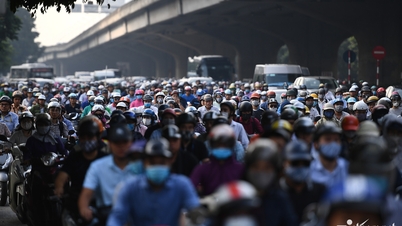

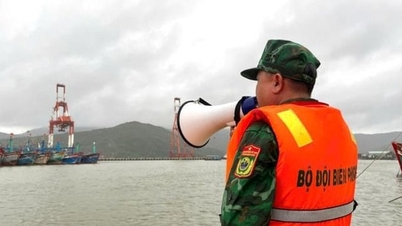

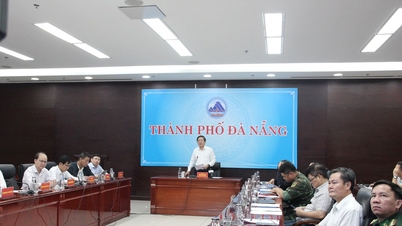





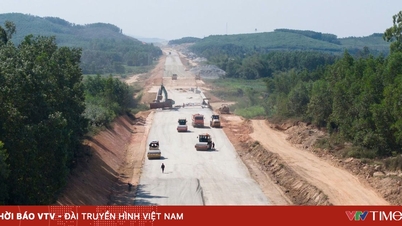



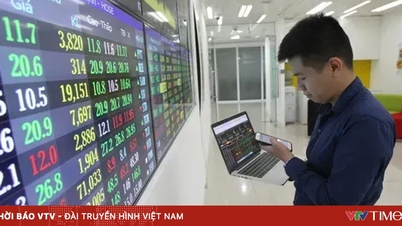



















































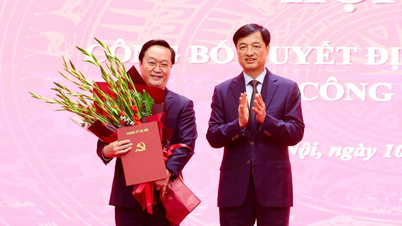


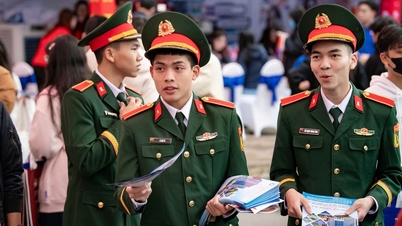

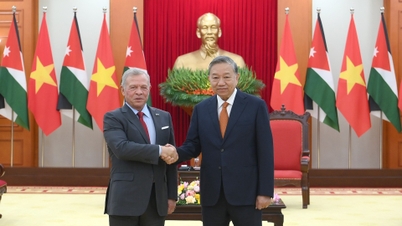
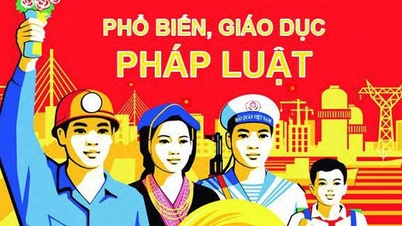




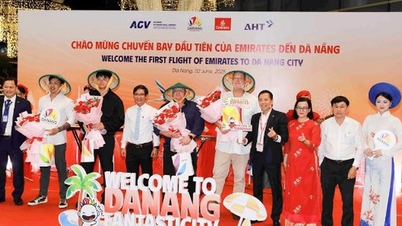








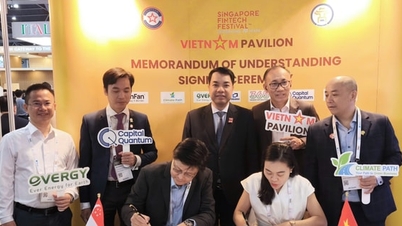






![Dong Nai OCOP transition: [Article 3] Linking tourism with OCOP product consumption](https://vphoto.vietnam.vn/thumb/402x226/vietnam/resource/IMAGE/2025/11/10/1762739199309_1324-2740-7_n-162543_981.jpeg)





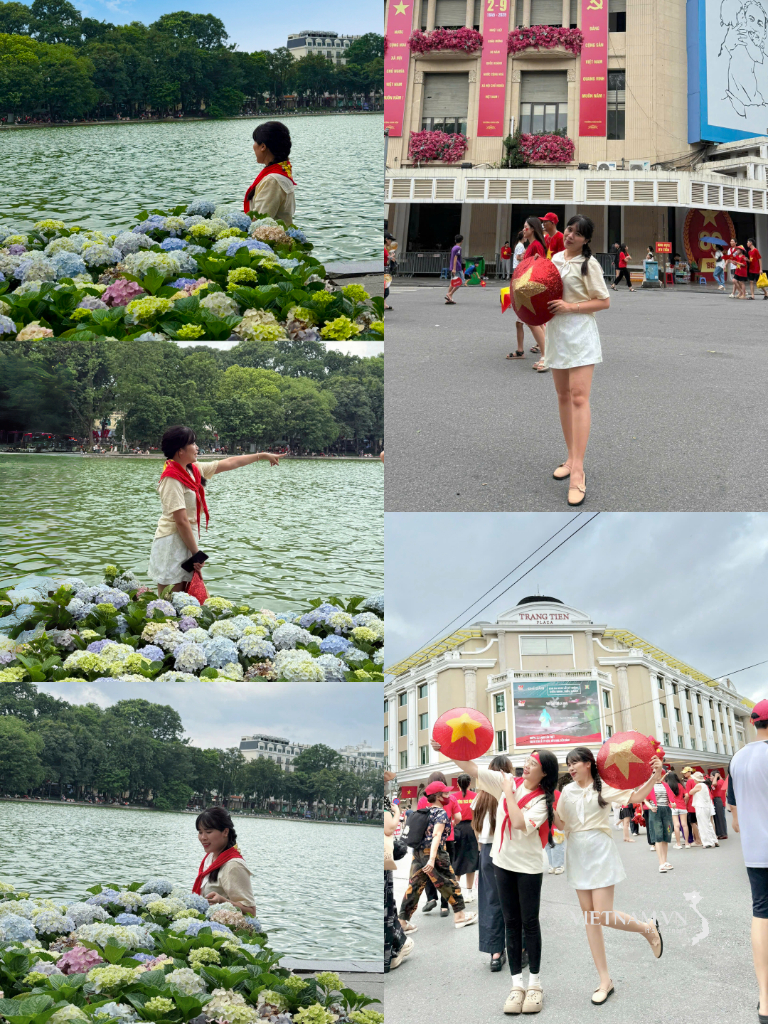


Comment (0)